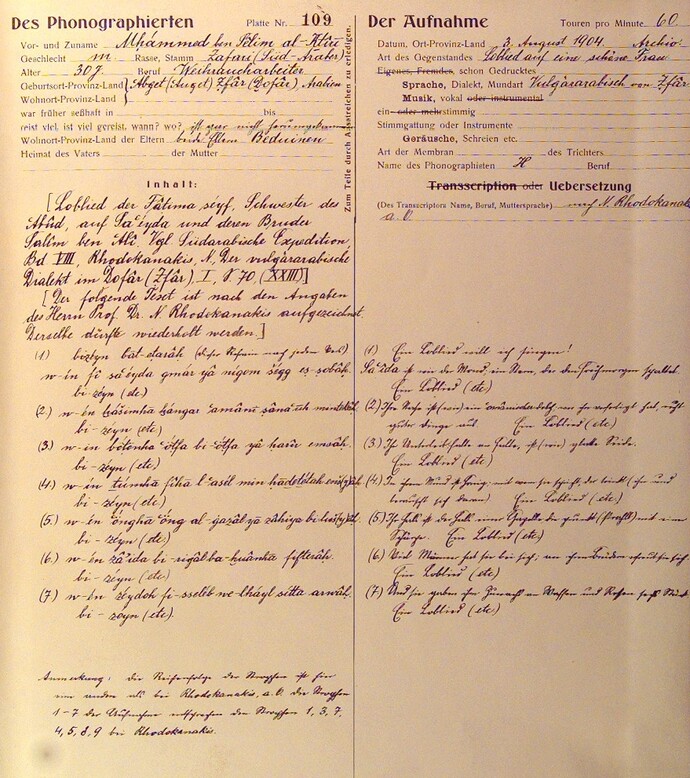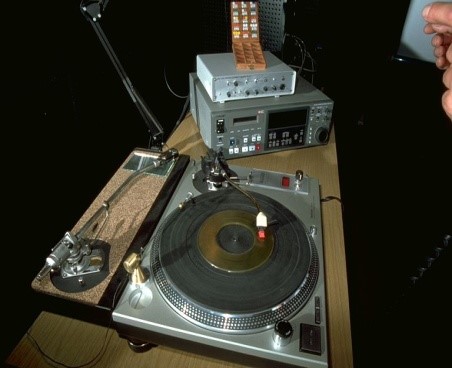Contact person: Gerda Lechleitner, Christian Liebl
The dedicated study of the historical collections began in 1996, with the goal of publishing the recordings in a commented source edition under the title The Complete Historical Collections 1899–1950, the first series of which appeared in 1999. Over the years, a differentiated approach to these materials has emerged. Two lines of assessment have become important: on the one hand, the assessment of research methodology and objectives at the time when the recordings were made, of the researchers and their environment, and the acoustic sources as historical documents of a particular moment in time; on the other hand, the assessment of historical research results, their relevance from a present perspective, and the critical consideration of the relationship between recorded individuals, researchers and archivists. Research in this field pertains to the history of scholarship and technology as well as to the description and discursive treatment of recorded contents.
Over the years, the techniques of re-recording and signal processing (e.g. filtering, de-clicking, de-noising) have been continuously improved, in adherence to the strict criteria of a source edition and interacting with the descriptive annotation of the recordings. These basic archival procedures open the way to further research on particular collections (e.g. “voice portraits”) or topics (e.g. biographical issues, regional foci, particular genres or ethnic groups, field methods, history of scholarship and technology, or the significance of archives). For an in-depth analysis of certain linguistic or musical data, experts in the respective fields are consulted. By working in close cooperation with the archive staff also the staff members’ expertise comes to bear.



